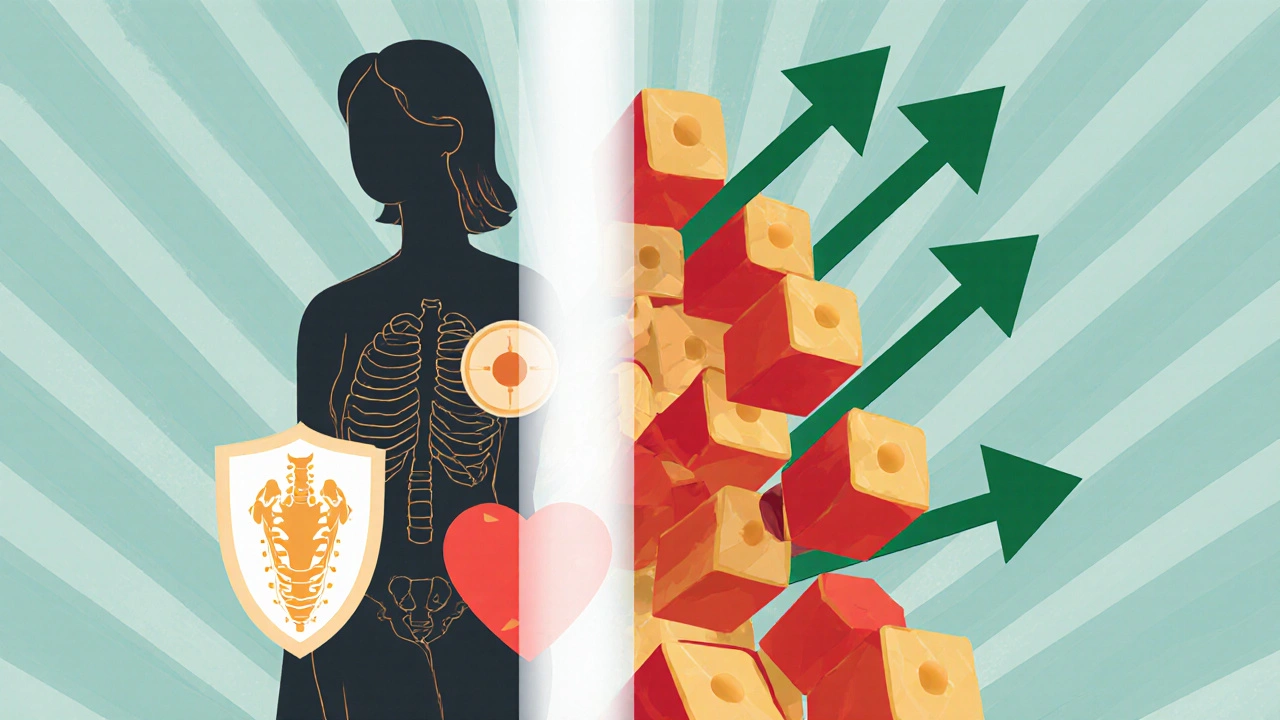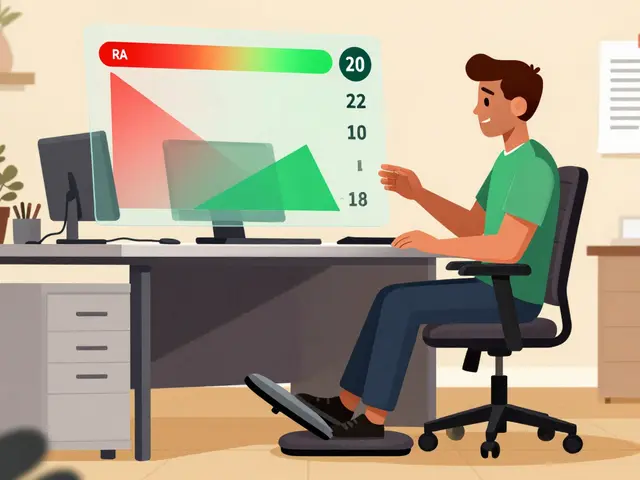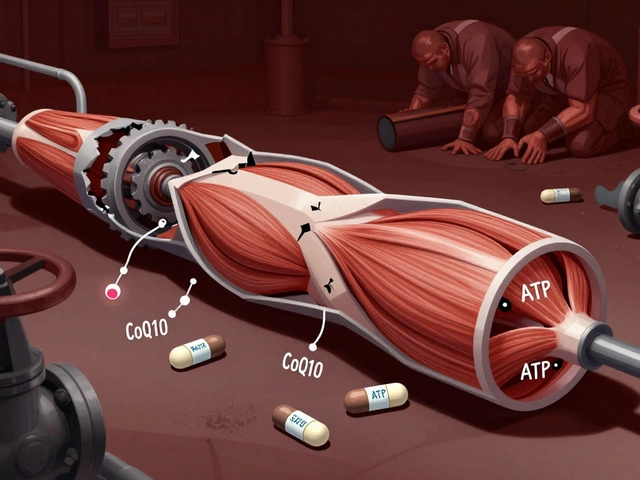Estriol: What It Is, How It's Used, and What You Need to Know
When it comes to estrogen, most people think of estradiol — but estriol, a weaker form of estrogen naturally produced during pregnancy. Also known as E3, it's one of the three main estrogens in the body and plays a unique role in hormonal balance, especially after menopause. Unlike estradiol, which is powerful and often used in systemic hormone therapy, estriol is gentler. That’s why it’s commonly found in low-dose vaginal creams, tablets, or suppositories for treating dryness, itching, and discomfort — problems that affect nearly half of postmenopausal women.
Estriol doesn’t just help with vaginal symptoms. Some doctors use it in compounded hormone blends for women who can’t tolerate stronger estrogens. It’s also studied for its potential to protect bone density and reduce hot flashes without the same risks as traditional hormone replacement. But it’s not a magic fix. Estriol doesn’t significantly boost estrogen levels in the bloodstream, so it won’t help with mood swings or sleep issues the way estradiol might. It’s targeted — and that’s exactly why it’s useful for specific problems.
People often confuse estriol with other estrogens, but they’re not interchangeable. estradiol, the strongest and most active estrogen in non-pregnant women is what most prescriptions focus on. estrone, the main estrogen after menopause, made mostly in fat tissue is another player. Estriol sits apart — it’s the mildest, the shortest-lived, and the one least likely to trigger side effects like blood clots or breast tenderness. That makes it a go-to for women who’ve had breast cancer, clotting issues, or just want a softer approach.
What you won’t find in most drugstores is prescription-strength estriol — it’s mostly available through compounding pharmacies. That means quality varies, and not all products are regulated the same way. If you’re considering it, talk to a doctor who understands hormone nuances. Don’t buy random supplements labeled "natural estriol" — they’re often untested and can be misleading.
The posts below cover real cases and comparisons: how estriol stacks up against other treatments, what side effects to watch for, and why some women swear by it while others see no change. You’ll also find discussions on bioidentical hormone blends, vaginal atrophy solutions, and how estriol fits into broader menopause care. Whether you’re exploring options for yourself or helping someone else, this collection gives you the facts — no hype, no fluff, just what matters.

Natural Ways to Boost Estriol Levels in Your Body
Learn practical, natural ways to raise estriol levels through diet, herbs, lifestyle tweaks, and gut health tips for better hormone balance.
read more




